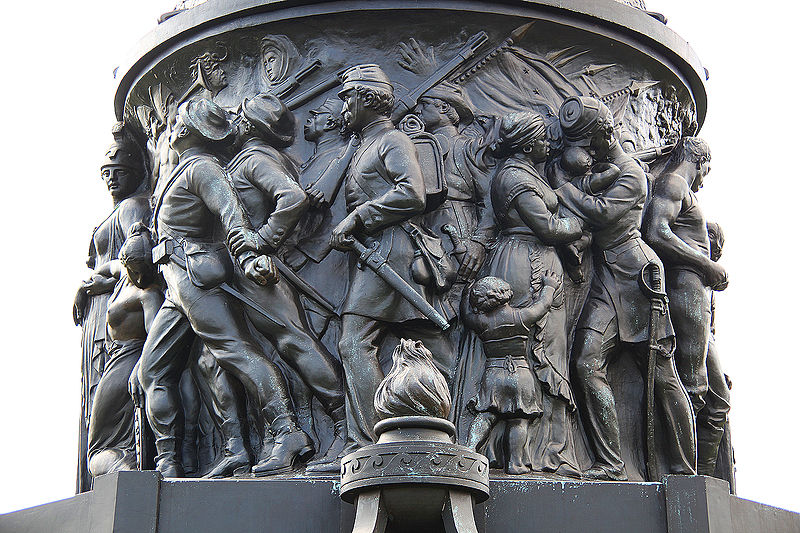Views expressed in opinion columns are the author’s own.
“What if?”
It’s a question that plenty of media attempt to answer. What if the South won the Civil War or if Black people enslaved white people, per Confederate or Cracka? What if the Axis powers won World War II, as depicted in The Man in the High Castle, or if some elements of Nazi Germany survived and were still scheming, a la Hunters? What if Charles Lindbergh ran for president and won in 1940, setting off The Plot Against America? What if JFK lived post-11.22.63 or if Hitler didn’t post-1944, as in Inglourious Basterds? What if Watchmen’s Black Americans, victims of racial violence, received reparations?
I could go on about the various books, shows and movies that depict an alternate history. There’s an allure in the questions they ask about history, change, resistance, resilience and more topics that are critical to the human condition.
But there’s something deceptive about many works of alternate history, even the more poignant and well-executed ones. It’s easy to get swept up in the ways the world could look so different — or the single event that changes the world as we know it — that we lose sight of ways the alternate world and the real one are already similar.
It’s not a stretch, say, to imagine that the Confederacy won the Civil War, at least in part. Its ultimate goal of enforcing brutal racial supremacy wasn’t suddenly dashed when it lost. It’s not as if racism just ended at Appomattox Court House on April 9, 1865. Reconstruction failed, Black people didn’t magically live happily ever after, and white supremacists weren’t shamed into oblivion. To think that the Confederacy winning the Civil War would have been America-altering is correct, but it leaves out critical nuances that still happened.
Take, for example, statues dedicated to those very same racist traitors across the country. Or a 13th Amendment that didn’t abolish slavery in its entirety. Or a policing system with roots in slave patrols. Or buildings at the University of Maryland still named after racists. Or any of the other myriad ways that racism still affects how we live and die.
The same sentiment stands for many of the other works I mentioned before. They might be alternate versions of history, but they’re grounded in various degrees of reality. You don’t have to look far to see indications that those worlds aren’t so different from our own. Hundreds marched in Charlottesville just a few years ago to yell “Jews will not replace us.” People proudly declare that they’re anti-antifascism, a double negative that doesn’t work out in their favor.
History — real history — can be difficult to grapple with. Investigating it reveals devastating truths more often than not. But simply knowing it, understanding that the alternate histories we point to as “interesting parallels” aren’t really that far off, doesn’t mean we’ve conquered it. History demands action to prevent ourselves from entering into a horrorscape of an alternate world — and to take us into one that’s better.
Action can take many forms: renaming things; realigning our personal thoughts and actions to reflect the world we want to see; toppling entire institutions; materially making marginalized people’s lives better with a donation or a helping hand. It might take minutes, as it often does with protestors taking it upon themselves to bring down monuments, or it might take years, as the road to ending policing may. Altering the world that history made is the only way to fully, authentically and truly reckon with it. It’s the only way to honor those who came before us and continue their legacy.
It’s unfortunate that it has taken this long for some people to realize the historical roots of racism, but this moment is a good opportunity to look beyond the typical questions we’ve been asking about our society. What if we moved beyond asking what ifs to asking what cans — what can the world look like?
Serena Saunders, opinion editor, is a public policy graduate student. She can be reached at serena@sersaun.com.



